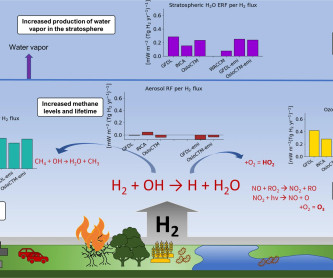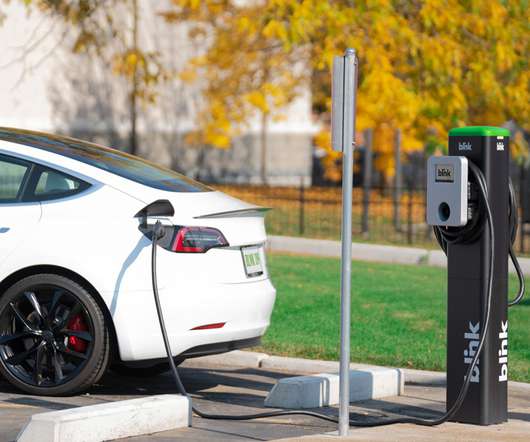Study findings suggest that switching from coal to natural gas would do little for global climate
Green Car Congress
SEPTEMBER 8, 2011
Relying more on natural gas would reduce emissions of carbon dioxide, but it would do little to help solve the climate problem. The burning of coal releases more carbon dioxide than other fossil fuels, as well as comparatively high levels of other pollutants, including sulfur dioxide, nitrogen oxides, and particles such as ash.






















Let's personalize your content